
Dogs
We are all aware that different pups have different personalities. "Oh, he's so pushy," we might exclaim, as a rambunctious 5-month old chocolate Labrador retriever pup noses us repeatedly for attention, refusing to take "No" for an answer. Or when a timorous pup slithers toward us on its belly, hoping for petting or to be picked up, we might think, "What a sweet pup, but so shy." Demanding and passively soliciting are two different approaches to the same end. There are pups that are mistrustful of strangers and those who become unnerved during car rides or at the veterinarian's office. Some pups who persevere over tasks while others seem to have a hard time focusing.
These various characteristics come in different combinations. There are pups that are shy with strangers but are mouthy or pushy toward their owners; these pups are insecure but have a will to control circumstances. There are pups who are independent and driven and those that are motivated but needy. And there are those pups who are extremely active while others are quiet and calm. As with people, it takes all types to make a world – and there certainly are many different pup personalities out there. First let's consider the fundamental traits separately.
This personality trait can be thought of as the desire to be in charge – to be top dog in the pack sense. Top dogs have first option at all resources but also have responsibilities, such as decision making for the group, guarding, and procurement. In the home, a dog's perceived dominance over its owners sometimes presents as the problem of owner-directed aggression. Such dogs may growl at their owners, snap, or even bite, to control their owner's unwanted interventions - and it all starts in puppyhood.
Puppies slated to be dominant can be signaled out as early as 9-weeks of age. They tend to be more active, more forward, more resistant of impositions (like wearing collar and lead for the first time), and physical restraint. By 5-months of age, pups of this disposition are quite rambunctious, are often described as "mouthy" (the shape of things to come) or hyperactive. By about 10-months of age, they may have committed their first atrocity, by actually biting someone – and for very good reason, or so they think. Typical triggers for owner-directed aggression include conflict over food resources (often favorite food), disturbing the pup while it is sleeping, touching it in certain unwanted ways (e.g. during petting), and attempting to admonish or physically punish it. True dominants are not as frankly aggressive as their more needy counterparts, voluntarily deferring to their owners in a number of different situations (i.e. they are confident enough to cut their owners some slack). Anxious, dominant want-to-be's (betas or sub-dominants) are less tolerant and thus more of a problem in this respect. Frequent incidents of owner-directed aggression imply a lack of respect by the dog for its owner and a communications "disconnect" between both parties. Dominance aggression might be better termed, "instrumental" as the aggression is used in an instrumental way to achieve certain goals. The difference between true dominance and more anxious sub-dominants has to do with the pup's confidence level. An increase in dominance, associated with a corresponding increase in a pup's confidence, may well result in a decrease in owner-directed aggression. Dominance and aggression often move in opposite directions. If a pup is confident and pushy, but not aggressive, he may well be somewhat dominant. If he is "testy," bad tempered, moody, and aggressive to his owners, he is probably in a situation of conflict and is unsure of himself and his owners.
The bottom line: pushy, mouthy, nippy, barky, attention-demanding pups are "dominant." This behavioral characteristic should be recognized early and dealt with. Owners can engineer the respect they need by insisting that the pup sits on command in order to receive food and treats. Failure to address developing dominance in pups sometimes leads to serious problems of fully committed owner-directed aggression down the line.
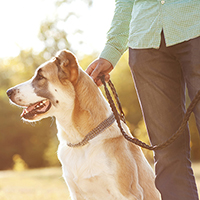 Can Dogs Eat Strawberries
Warm weather means that fresh fruit
Can Dogs Eat Strawberries
Warm weather means that fresh fruit
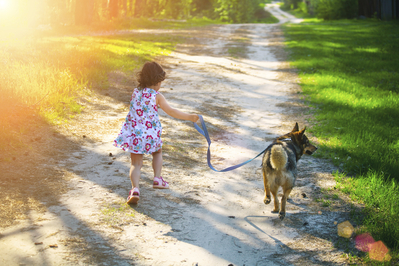 8 Things You Can Do to Protect Your Dog in the Summer
Sunshine Safety Tips
The days seem
8 Things You Can Do to Protect Your Dog in the Summer
Sunshine Safety Tips
The days seem
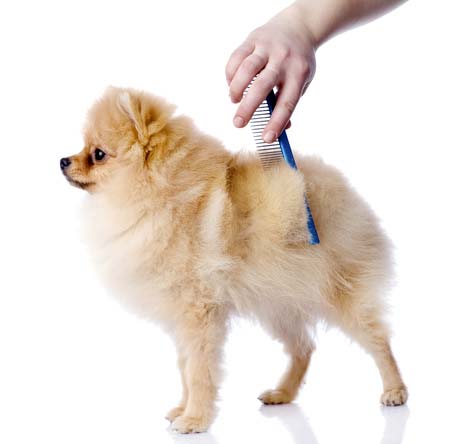 Hardcore Grooming After a Day at the Beach
Dogs love the beach, but sand tends
Hardcore Grooming After a Day at the Beach
Dogs love the beach, but sand tends
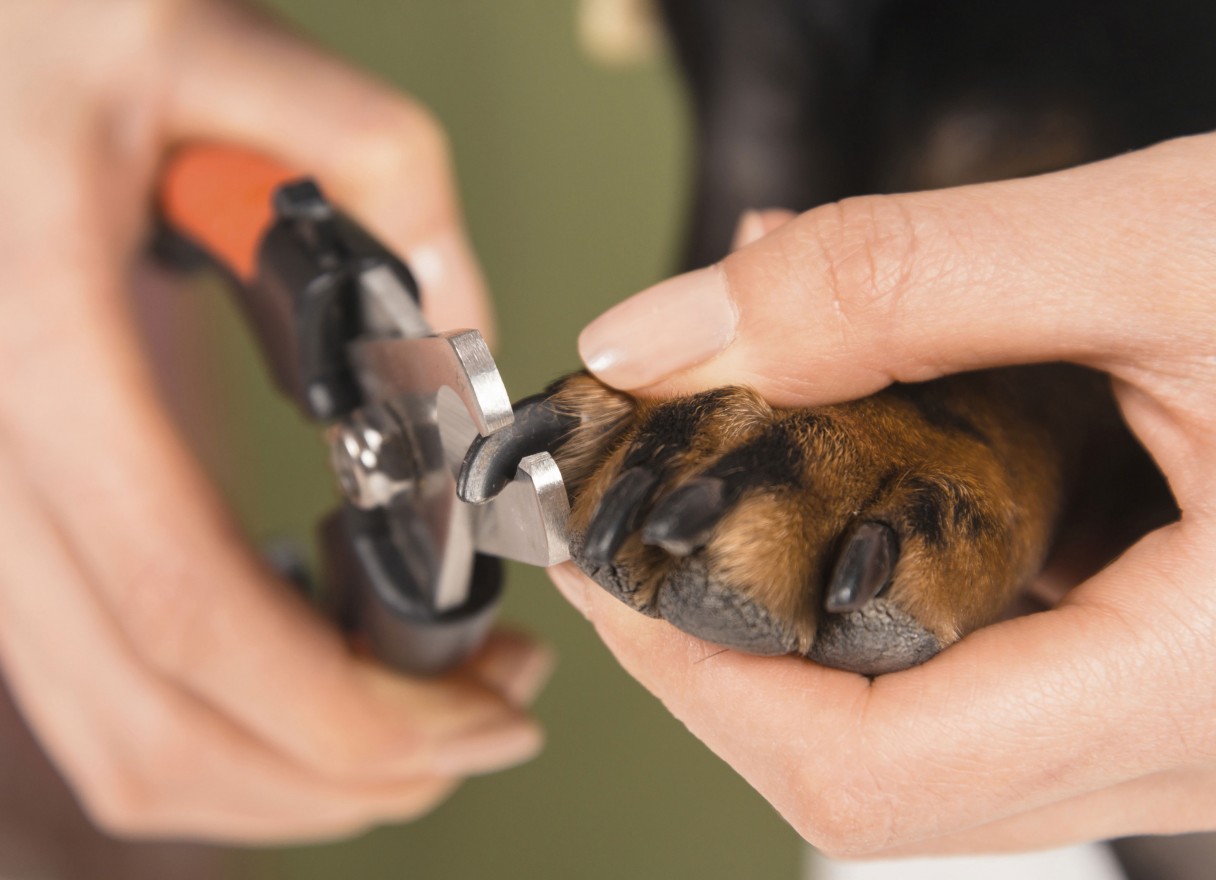 Dog Grooming Supplies for Easy Maintenance
Grooming doesn’t have to be a
Dog Grooming Supplies for Easy Maintenance
Grooming doesn’t have to be a
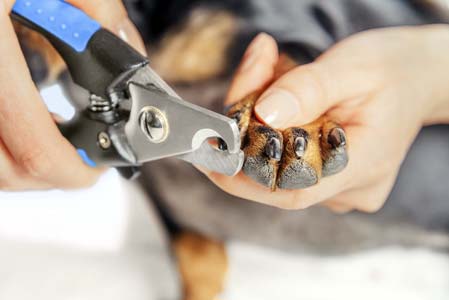 How to Trim Dog Nails
Nail Trimming is an Essential Part
How to Trim Dog Nails
Nail Trimming is an Essential Part
Copyright © 2005-2016 Pet Information All Rights Reserved
Contact us: www162date@outlook.com